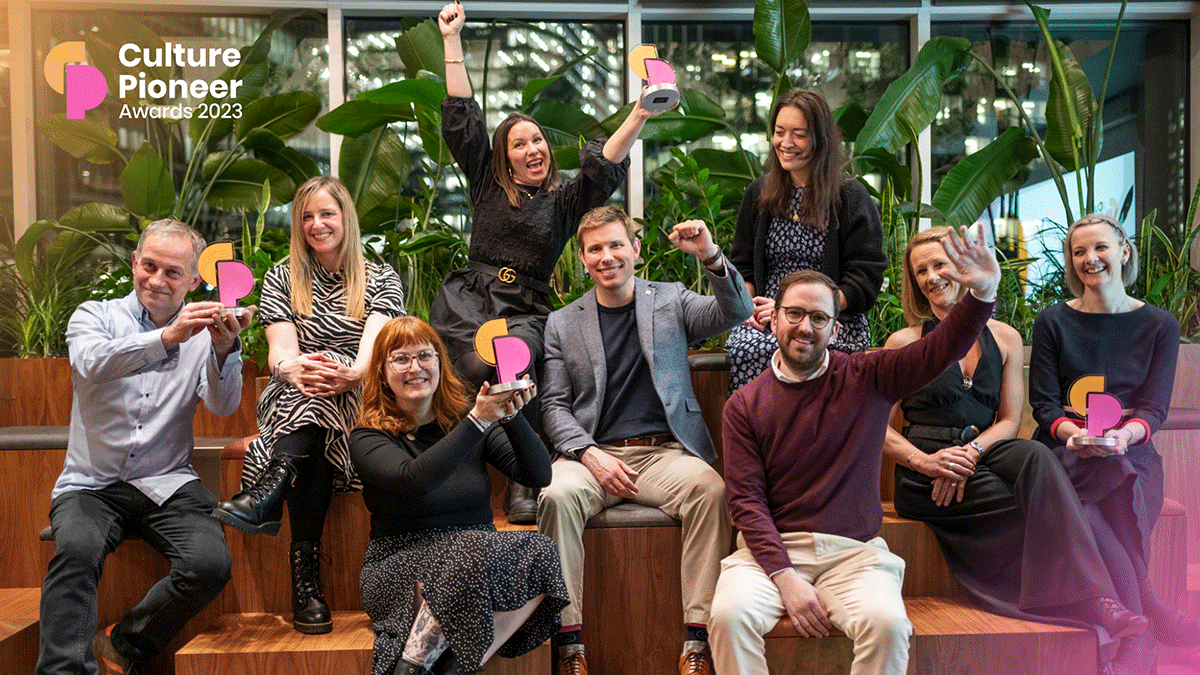Unconscious bias is everywhere, malingering like a disease. I have the disease, and so do you. Even the most freethinking, open-minded people are at its mercy – and it’s the single biggest block to UK organisations increasing diversity.
Traditional thinking has generally assumed that patterns of discriminatory behaviour in organisations are conscious. We assume that people who know better do the right thing, and those who don’t cause bias. In reality, the situation is far more complex than this. While we work hard to remove conscious bias through legislation and by proactively educating people to help them understand and avoid discrimination, unconscious bias works behind the scenes, subversively undermining these efforts. In many ways, because it’s harder to identify, unconscious bias is the modern challenge – because even the most diversity-aware individuals and organisations are prey to it.
A few years ago, the DWP produced an interesting piece of research entitled “Persistent Employment Disadvantage”. The report is more than 100 pages long, which already says something about the nature of the diversity challenge. There are literally hundreds of interesting findings in the report, but let’s just pick one: the unemployment gap between ethnic minorities and the wider population has been somewhere in the region of 15% for the last 30 years (well, since 2007 when the research came out).
So, in spite of the UK’s best efforts in creating robust legislation and promoting diversity awareness (and hopefully reducing wilful discrimination), we still haven’t made much of a dent in one of the most obvious and highly publicised diversity challenges the country faces – ethnic representation.
If we flip the unemployment gap on its head, I’m sure we’d see the same gap in employment: particularly at senior level.
I actually like to believe we’ve made progress in reducing conscious discrimination (although sometimes I wonder). So why is there still the “persistent employment disadvantage” of coming from an ethnic minority? There’s no denying it’s complex, and there are a number of causal factors, but unconscious bias is certainly playing a part.
But what does unconscious bias look like? I’ll use an example that’s very close to home. Billions of pounds go to the UK’s recruitment agencies every year, and because of that, recruitment consultants are diversity gatekeepers. Some of the better recruitment consultancies (although not that many, truth be told) will have a genuine commitment to helping their clients improve diversity, and will have provided worthwhile diversity training and guidelines. Their consultants should hopefully be positioned to avoid wilful discrimination. But these recruiters will still fall prey to one of the simplest forms of unconscious bias – a negative assessment of non-standard CVs and career paths.
It’s easy to discount a CV that isn’t set out in a normal way, or describes a career path that doesn’t adhere to the normal move up through the corporate wheel. Unfortunately, the standard CV/career path is set at the norm for the majority – good school, good university, good corporate experience (i.e easy to place with clients). CVs from minority candidates often don’t look like that, because minorities don’t so often tend to have trodden such a conventional path. So the recruiter typically excludes the minority applications, not really deliberately, but in an unconscious way where the recruiter actually feels that they are doing the best by the client. They’re used to assessing candidates against the “normal” framework of what looks good, and they churn the handle and come up with “the usual suspects”.
If minority candidates do happen make it through the process and are presented to the client, the same unconscious bias will be re-applied by the next group of people who review the CVs. And unconscious bias will also play a part in the way the recruitment consultant actually briefs the different candidates for the role prior to meeting the clients, if they get through the sift. For example, a very good-looking candidate will likely receive a different briefing to a less attractive candidate: maybe not a better briefing – but a different one. The same applies to minority candidates. That’s unconscious bias, and it has an impact on the process.
But I’ve only scratched the surface of a very complex topic, and the UK is still busy trying to eradicate conscious discrimination. The good news is that the first step toward reducing unconscious bias is recognising it exists. I’m committed to helping people take that step – after all, I’m from an ethnic minority and I have a non-standard career path.
Raj C. Tulsiani is Chief Executive Officer, Green Park Interim & Executive Resourcing










